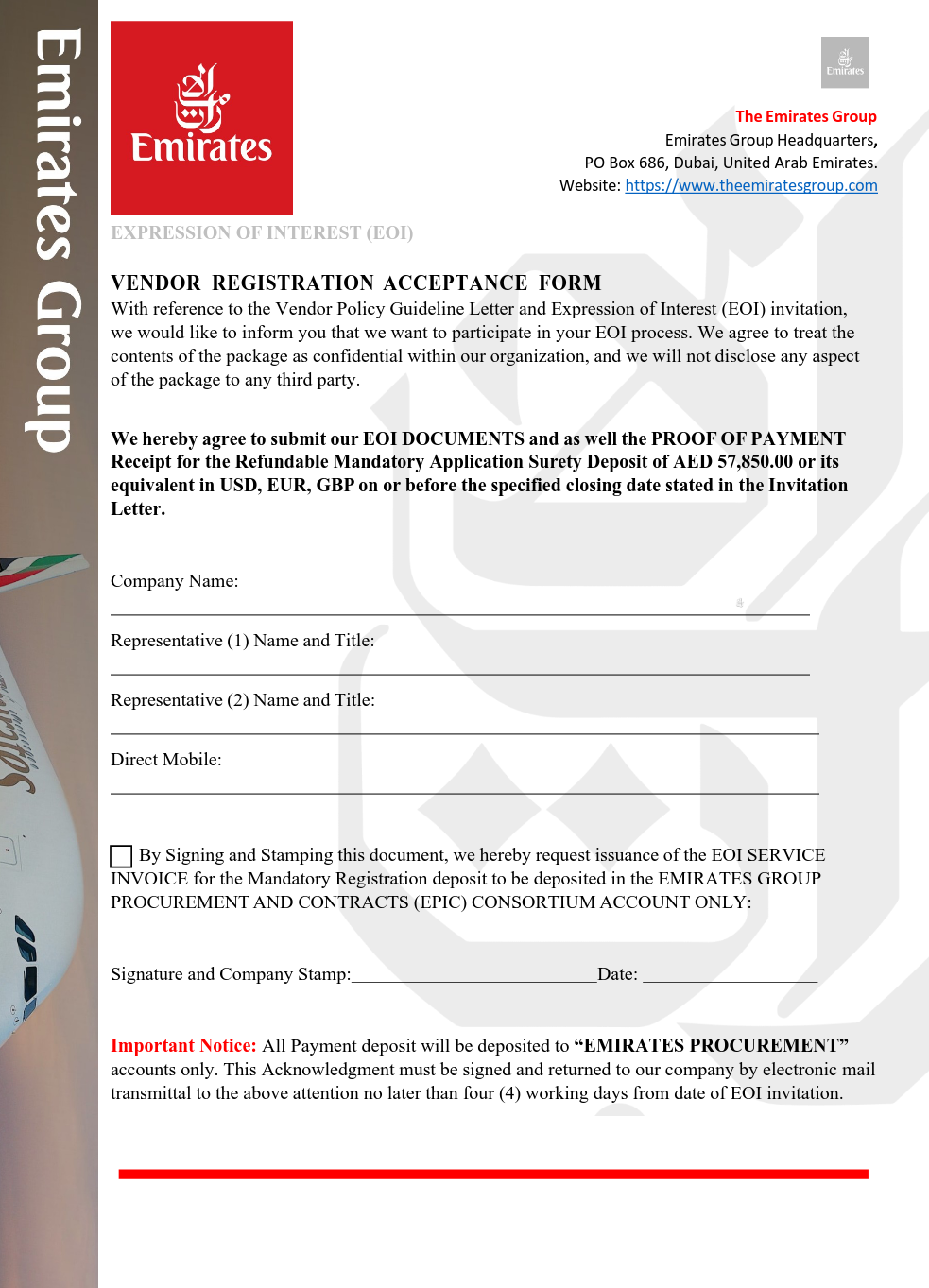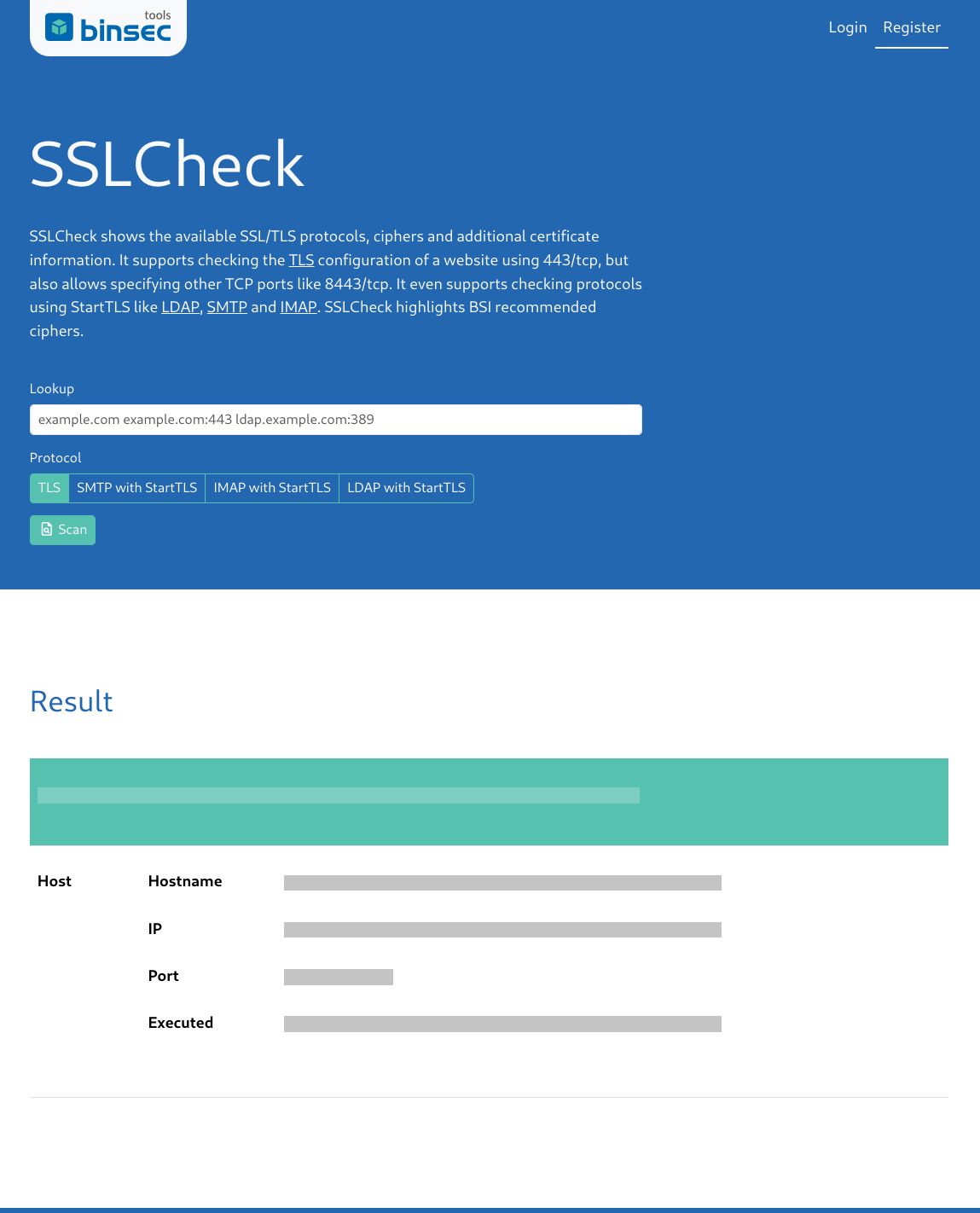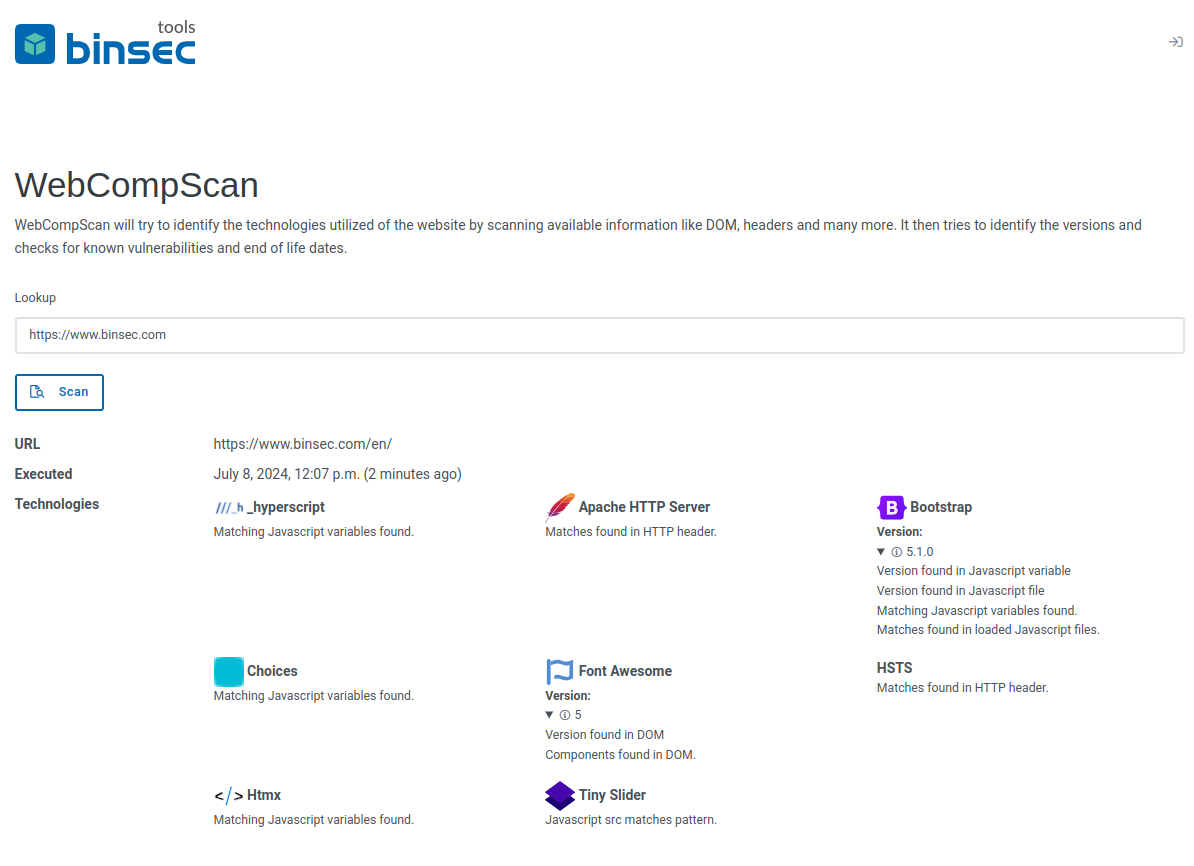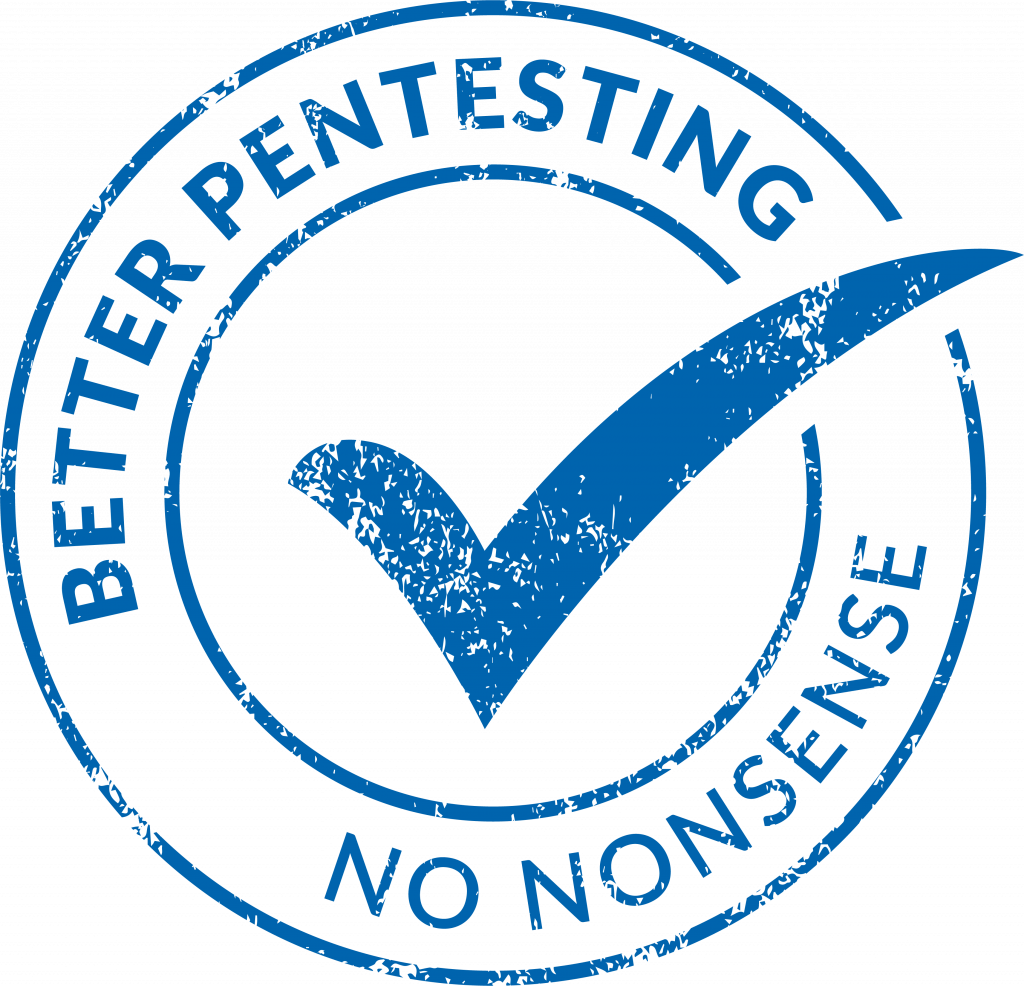The Scam “Invitation to Tender With Emirates Group” vendor.registration@theemirategroup.com
On 11th of February 2025 binsec GmbH received an “Invitation to Tender With Emirates Group” from vendor.registration@theemirategroup.com:
Dear Valued Vendor,
Greetings from Emirates Group,
We invite you to register as a vendor with Emirates Group. A leading aviation company in UAE. Our goal is to build a diverse and qualified vendor base to support our business needs. This will open up opportunities to provide goods and services to our projects and developments.
Our projects are open for all companies. And this is a special consideration towards your participation for the ongoing registration
To register, Kindly confirm your interest by requesting for Vendor Questionnaire and EOI.
We look forward to potentially working with you!
Best Regards
Mr. Sameh Bakier
Vendor Coordinator Group Procurement & Contract
Shared Services Center of The Emirates Group
After answering to that e-mail, claiming to be interested, one receive an e-mail with three pdf documents including the Emirates Vendor Assessment Policy for example. Truth told, that documents look good and authentic. The mail also includes a “Vendor Regisgtration Acceptance Form”:

So they request a payment of AED 57.850 (equivalent to 15.000€) to start the vendor process. The domain sending the e-mails is theemirategroup.com, the original domain of The Emirates Group is theemiratesgroup.com. Take a look at the missing “s” in the domain…






